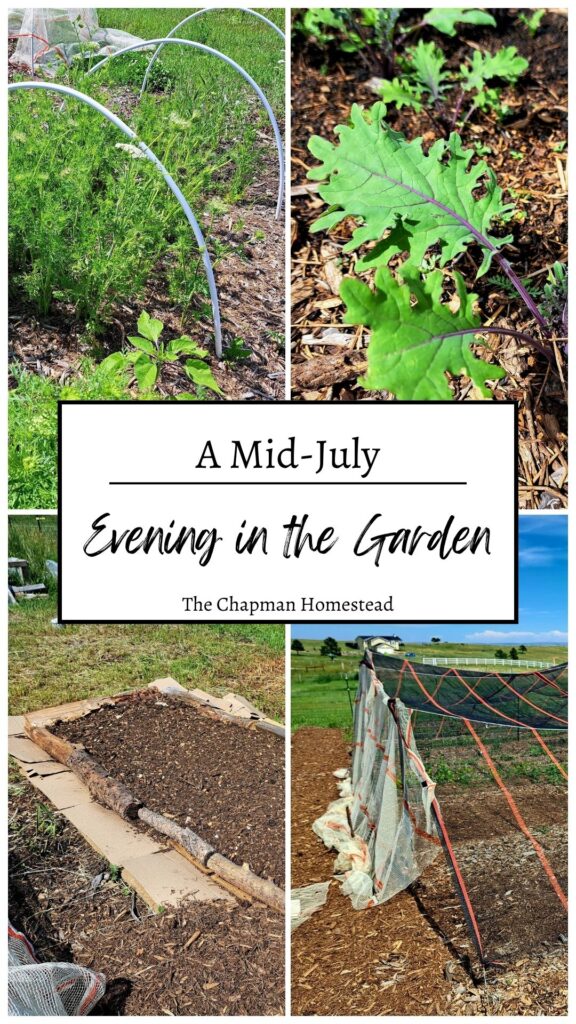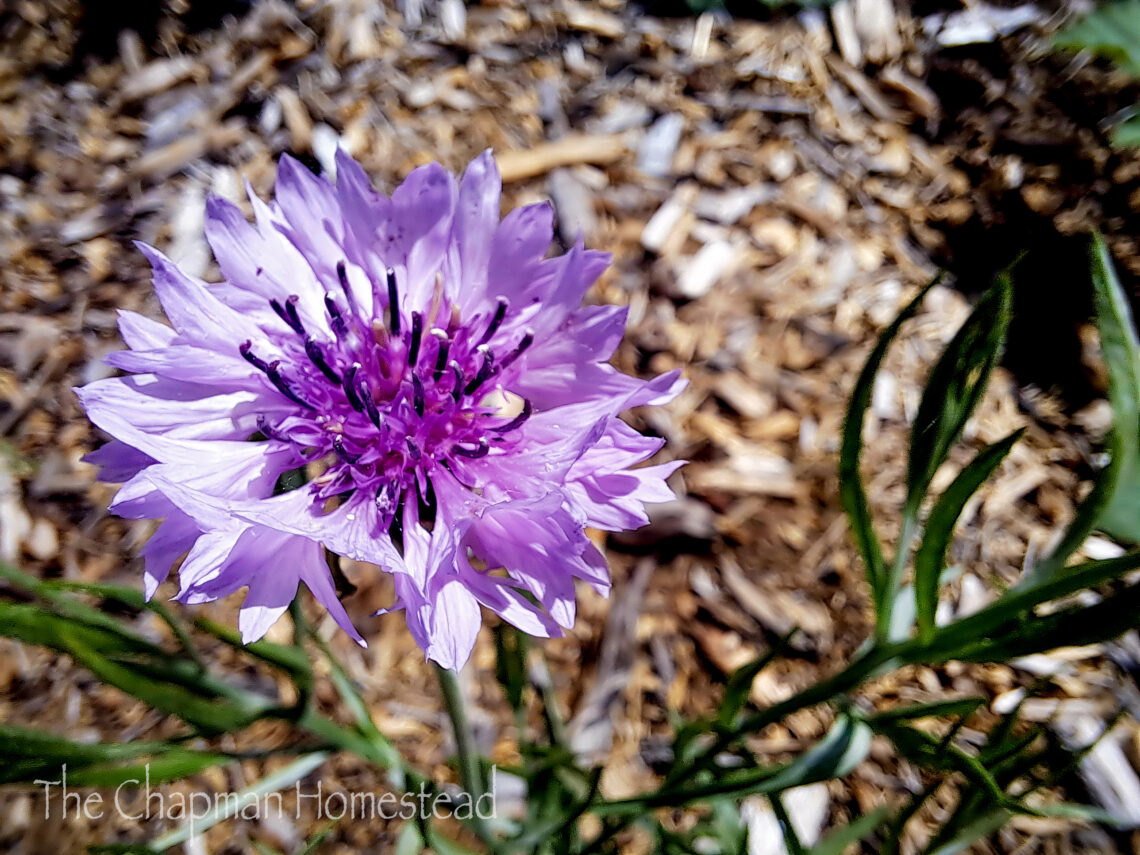
A Mid-July Evening in the Garden (with Video Walkthrough)
It has been incredibly rainy on the homestead this summer. So much so, that while the weeds are doing great, the garden is drowning.
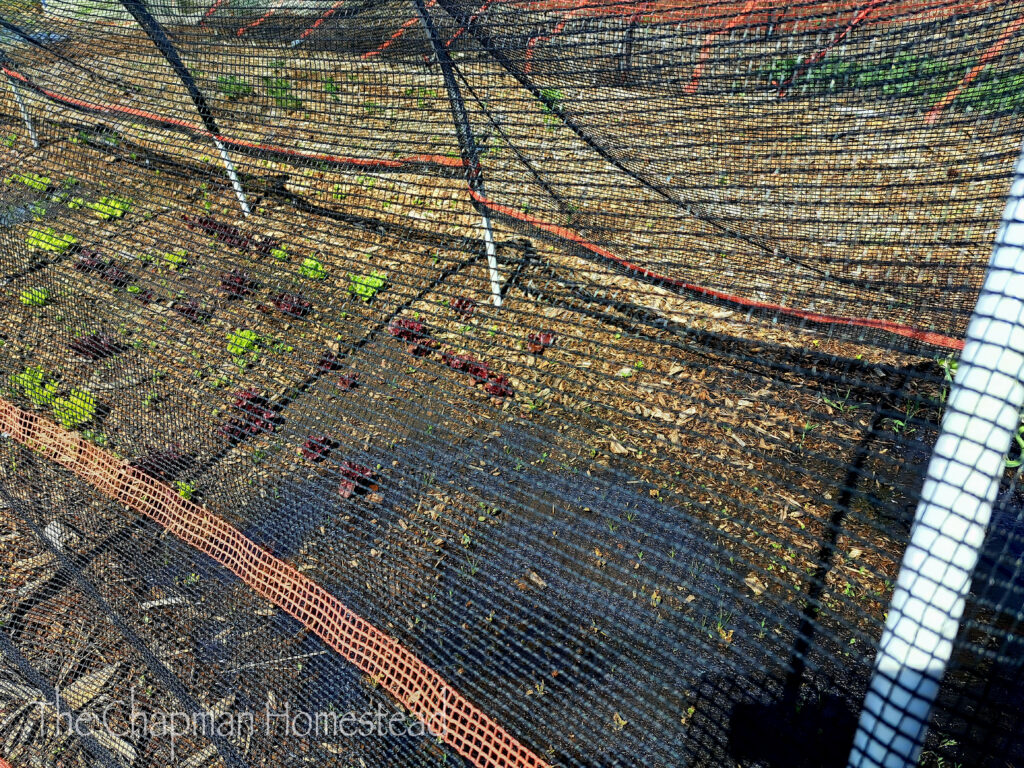
You can see here what was, at the beginning of June, a flourishing patch of spinach. Now it’s just a puddle of water even though it hasn’t rained in more than a few days.
This week it finally warmed up enough that some of the water is starting to evaporate and more things than weeds and grass are starting to flourish. Though the weeds and grass are still doing great.
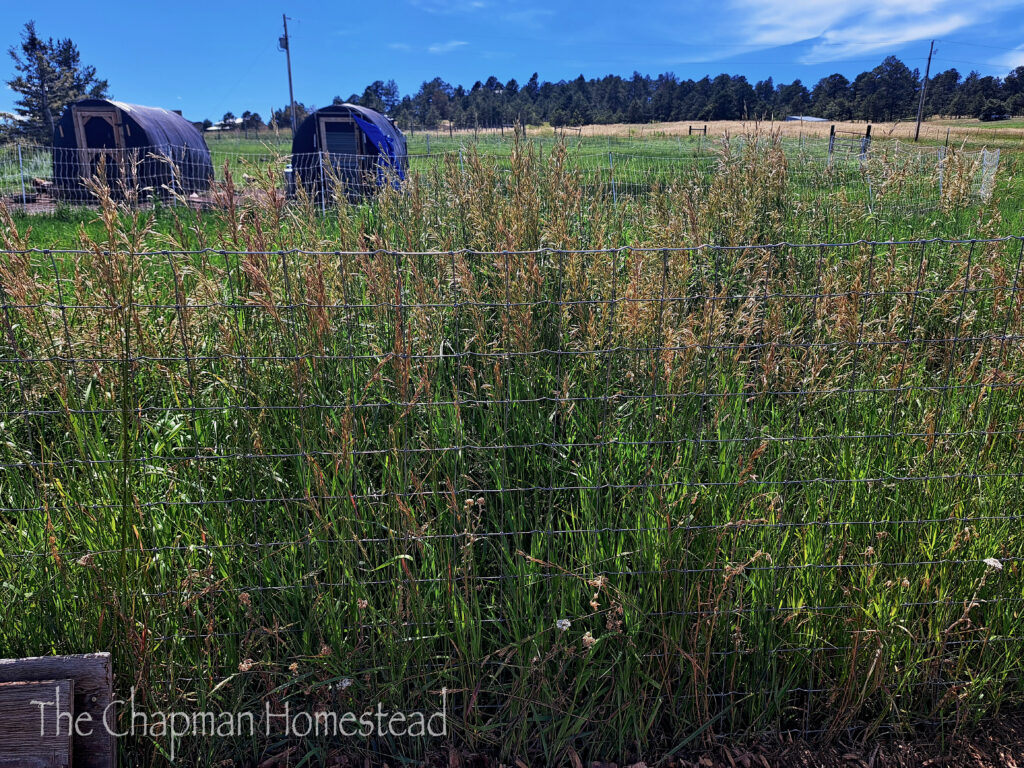
This fence is four feet high, but the grass is taller! You can also see how green everything is, which is a nice change of pace for midsummer.
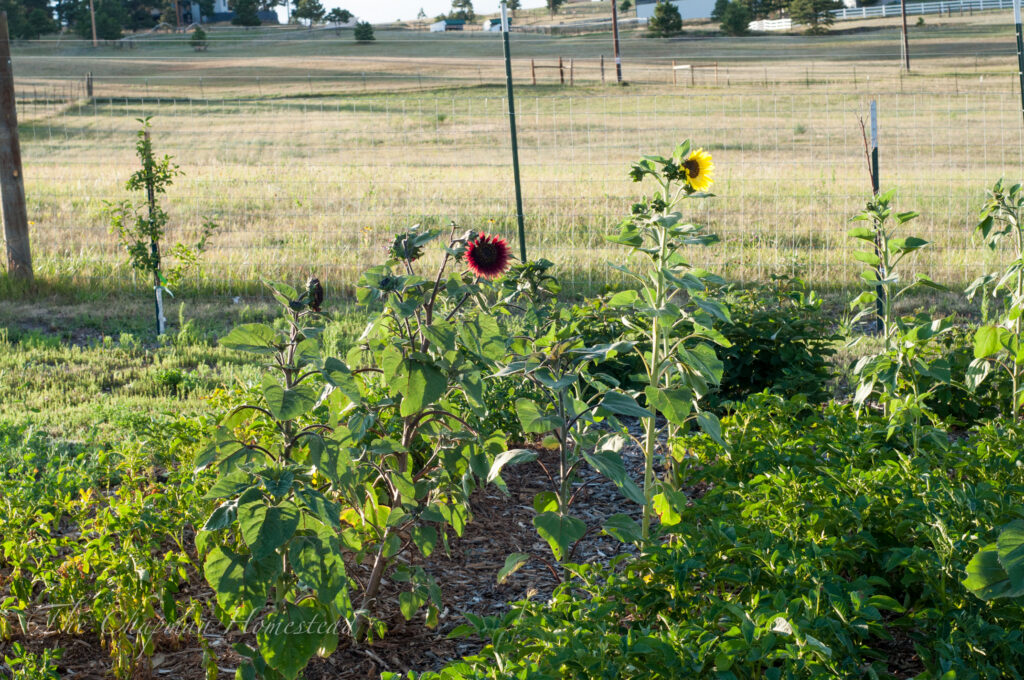
This photo above is from August 2020. If you look at the grass in the background, that’s usually what the field looks like this time of year. Click here for my 2020 Early August garden tour. (Sadly, I don’t think my garden will be looking like that this year.)
We have also had a massive amount of hail this summer so far. The first round damaged a lot of plants, but gave me the motivation to get out there and put up more hail netting than ever.

This giant “tent” is the newest hail addition in the garden. So far it’s held up well to the wind, and survived one huge hail storm.
Seriously, we thought we were going to have broken windows the storm was so bad. Thankfully, the house and the garden survived mostly unscathed.
Here are some more pictures of what’s growing in the garden:
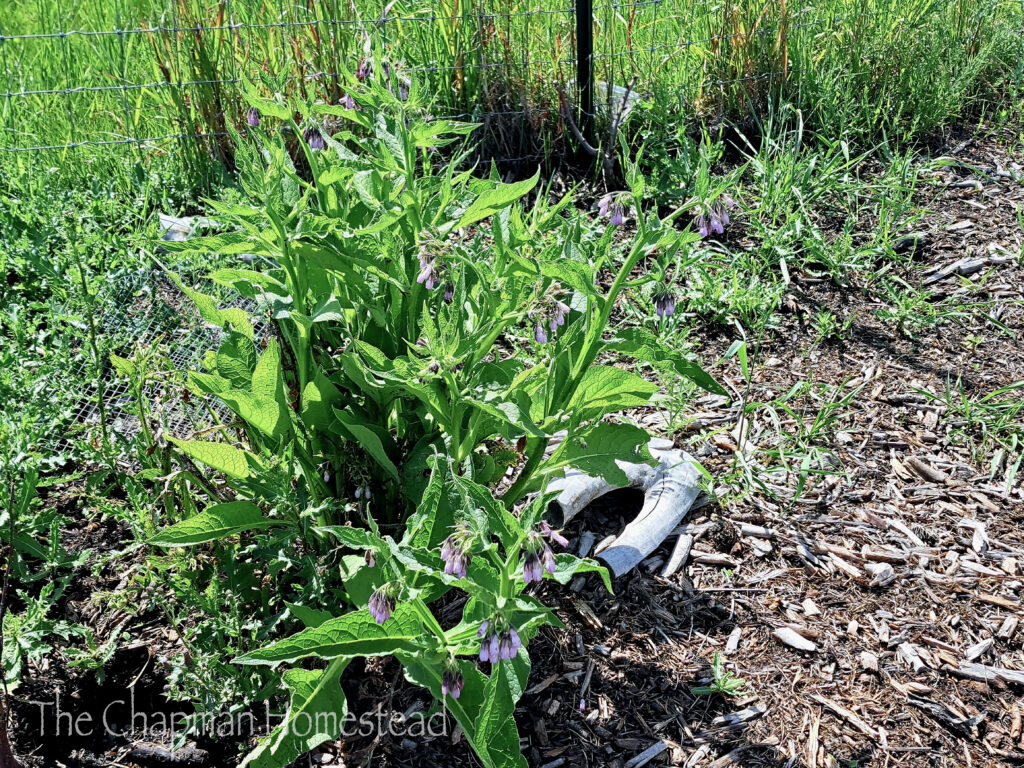
Comfrey that I grew from root stock last year is up and doing amazing. This plant is huge even after being decimated by hail just a week or two ago.
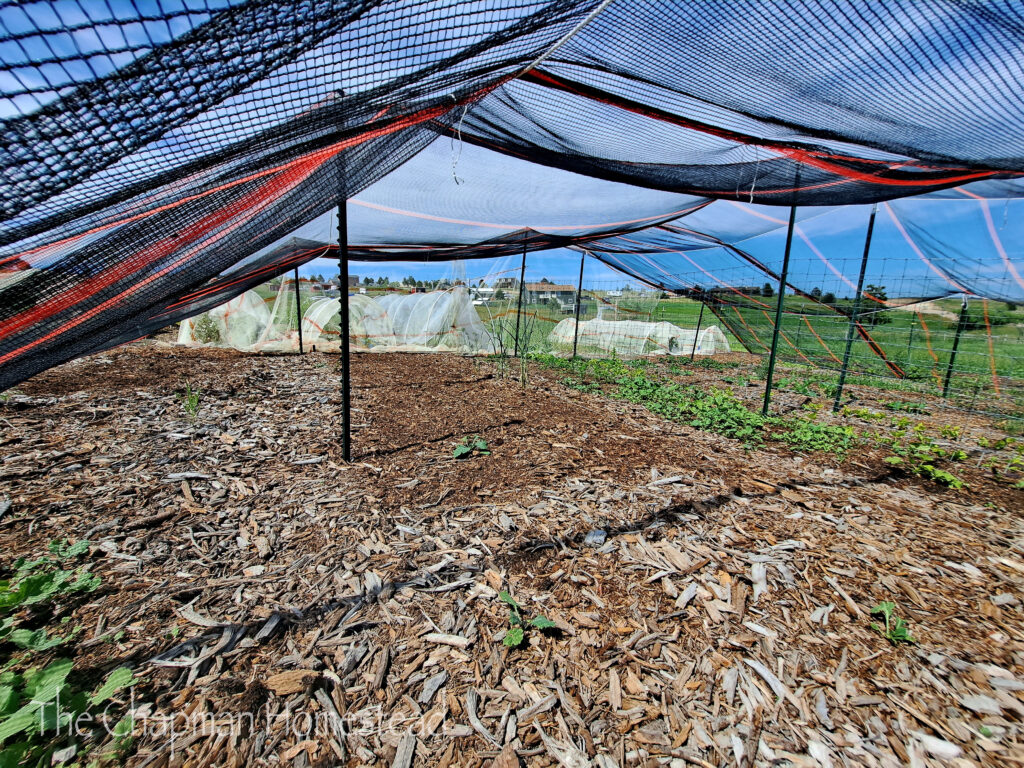
Most of the hail netting in my garden is actually construction site debris netting. It runs about $4-$5 cheaper a foot than actual hail netting. So far it is doing a good job and holding up year to year.
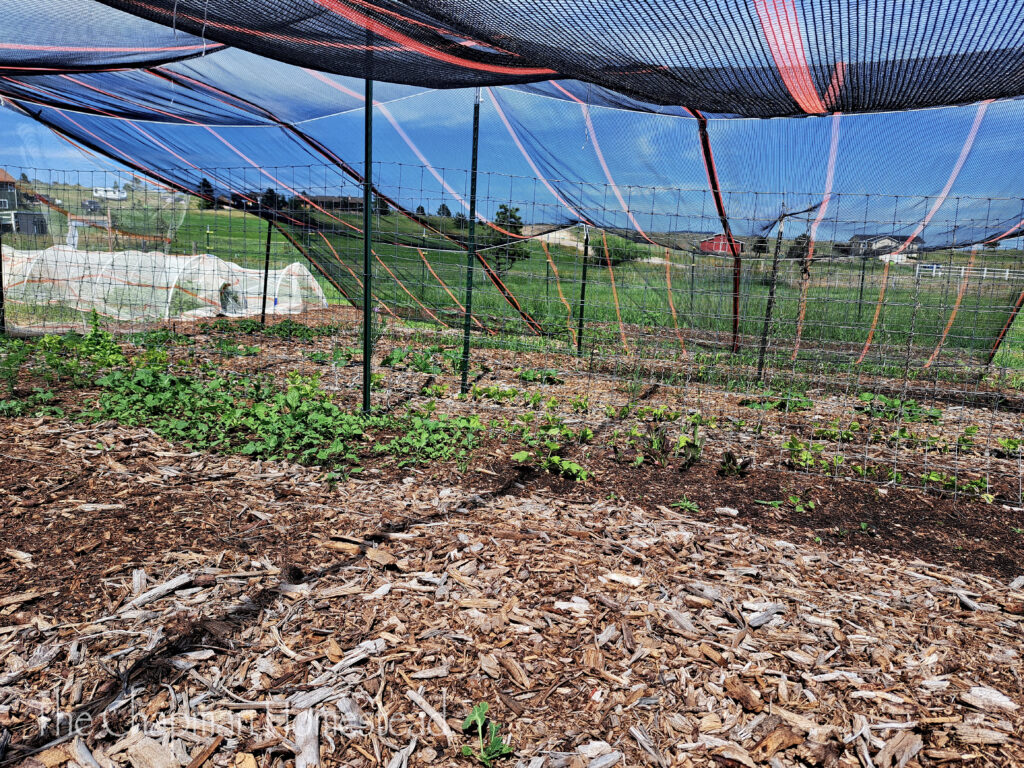
Beans and volunteer kale are growing wild in this bed.
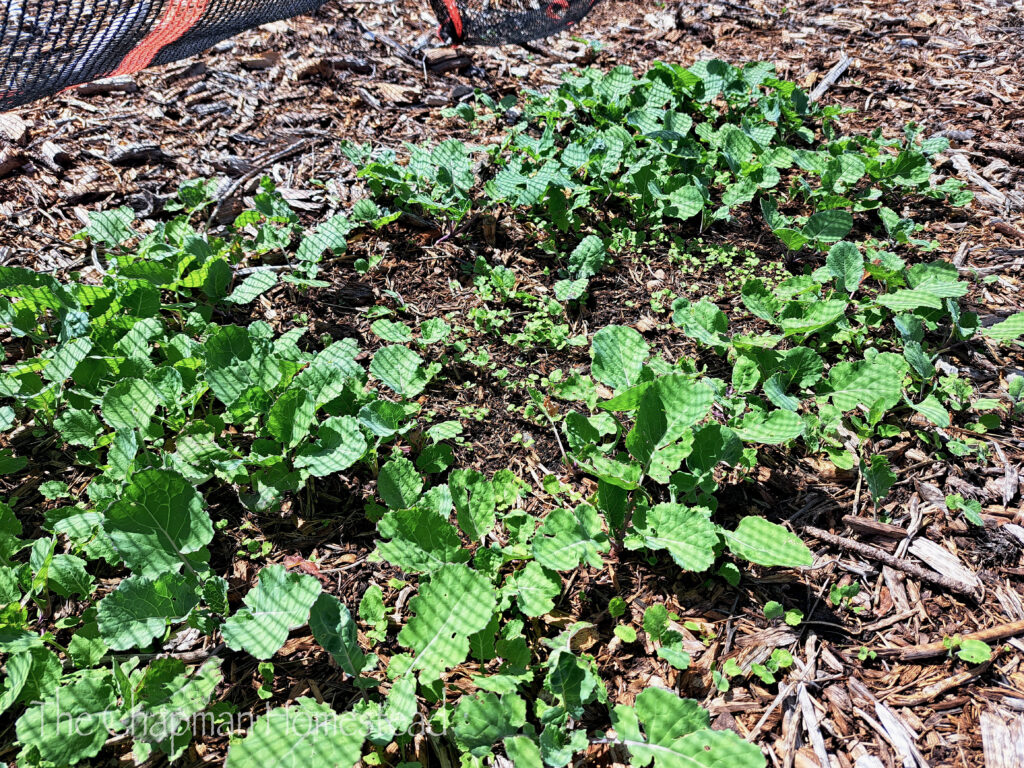
Last summer I let a few rutabegas that overwintered go to seed and then spread wild before winter snow set in. They are doing well so far. I need to thin them out again, but hopefully we will have some rutabegas later this summer from our own seed stock.

I am also experimenting with allowing the rest of the carrots I overwintered go to seed. This past winter we had so much snow that stuck around, I actually wasn’t able to harvest most of the carrots I overwintered. It will be interesting to see if I can save and grow my own carrot seed.
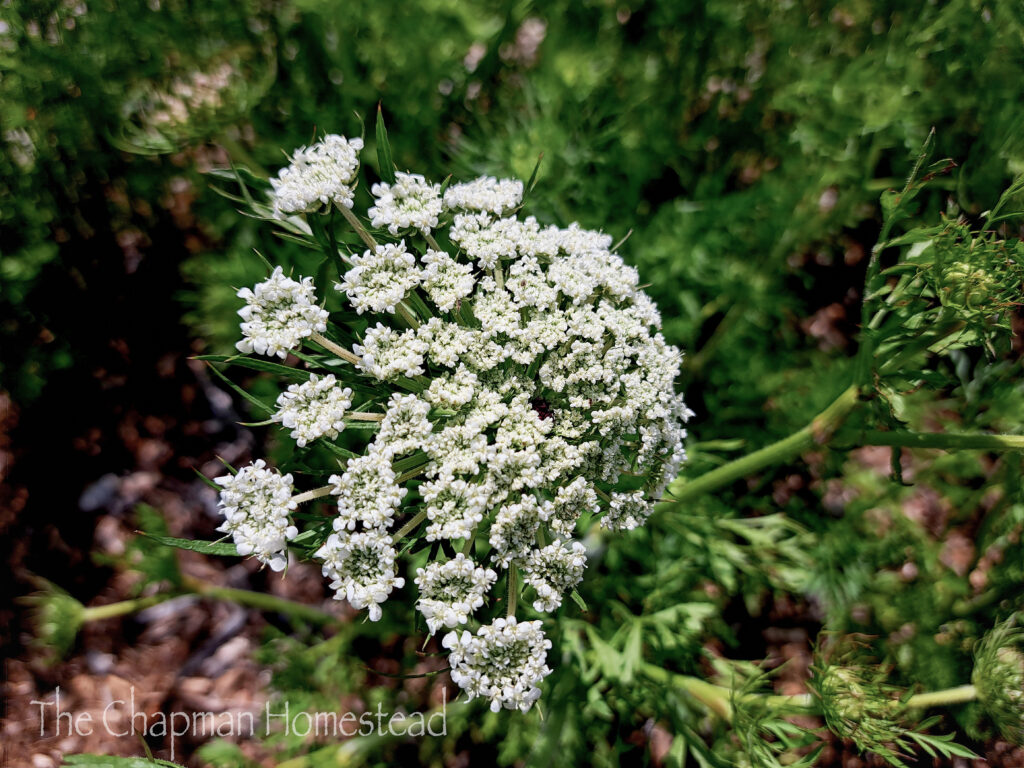
Carrot seed head flowering.

The heavy rains didn’t get to all of my kale seeds. Some managed to hang on, sprout, and are now doing well.
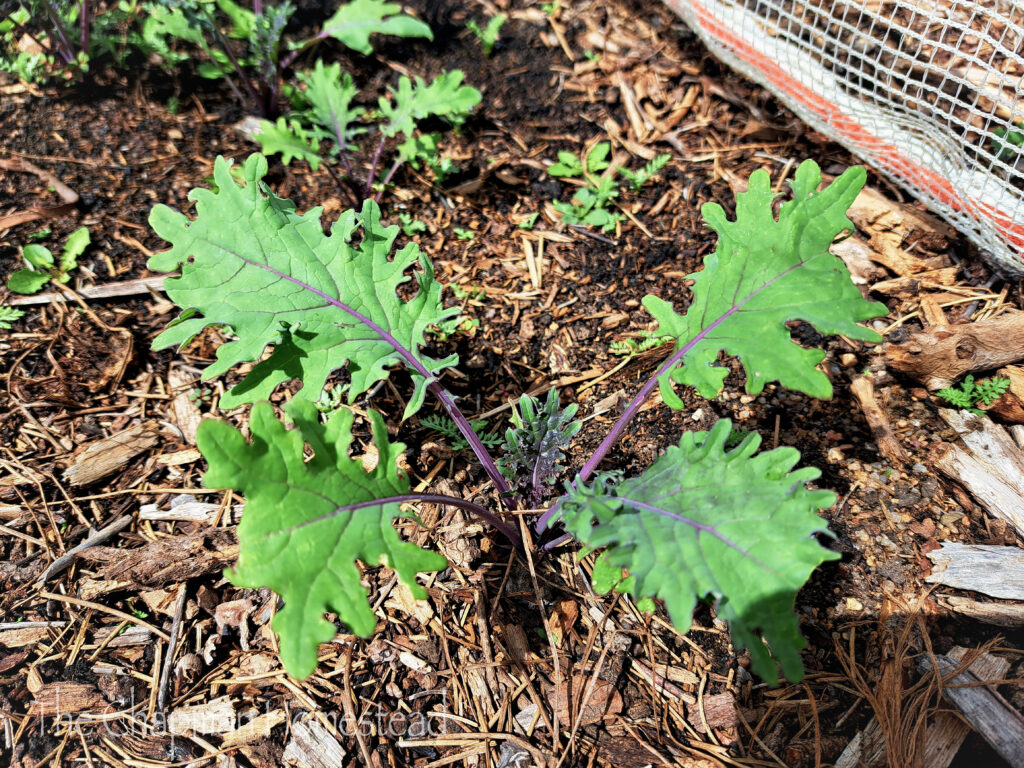

When I turned the compost for this summer, there was so much great, ready to use compost, that I decided to make a new bed down at the bottom of the garden. If you’re interested in how I did this and a live view of at least part of my garden, check out the video below.
